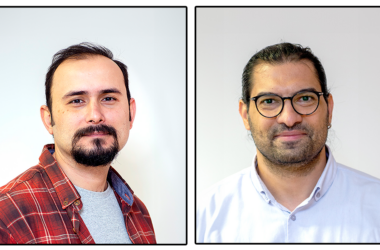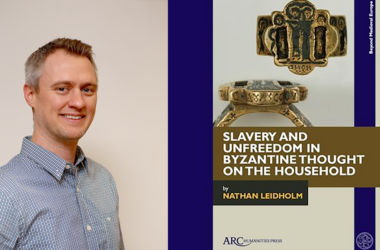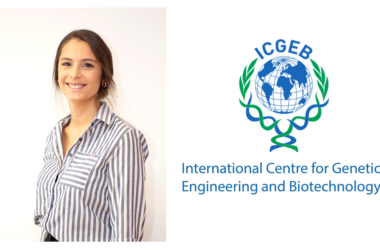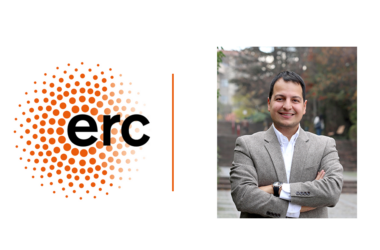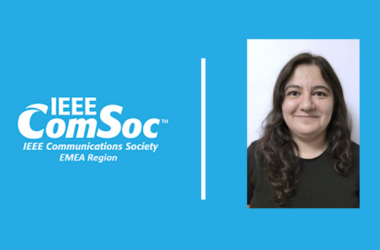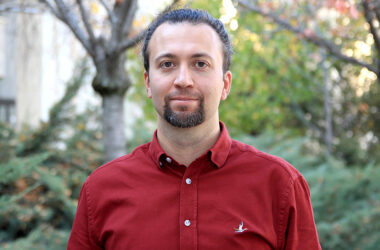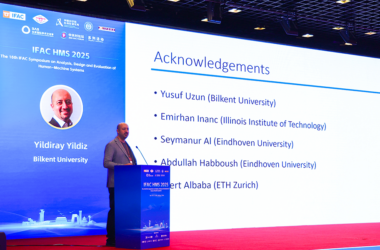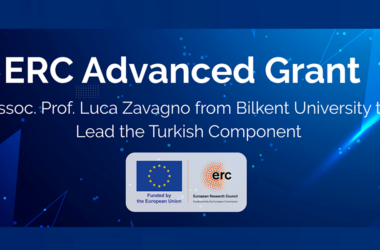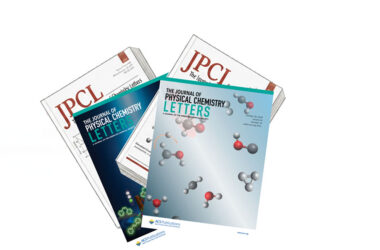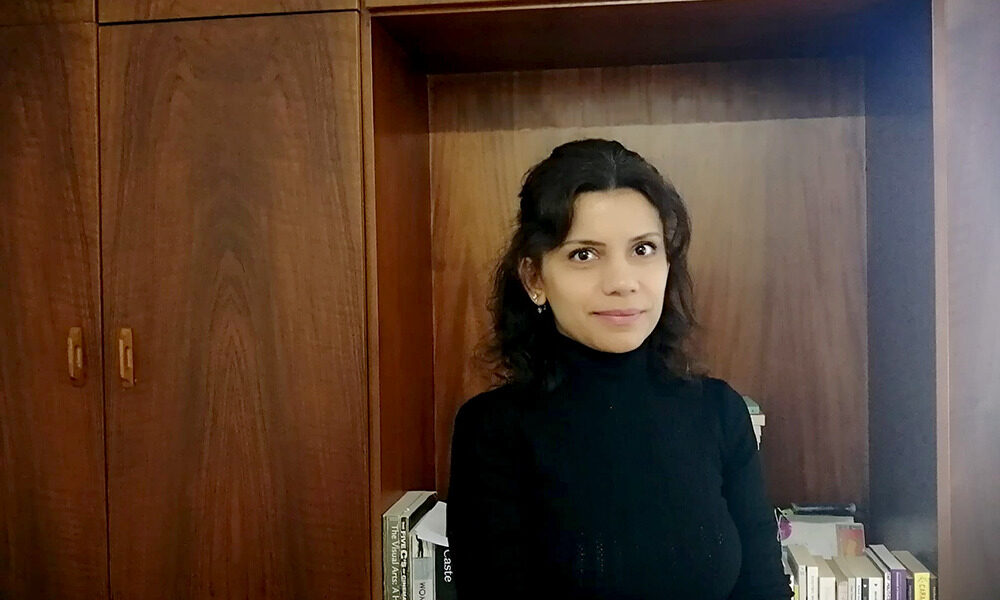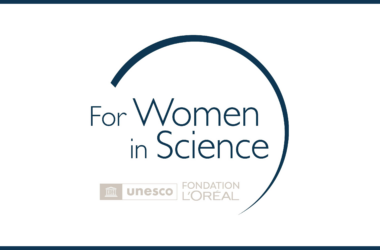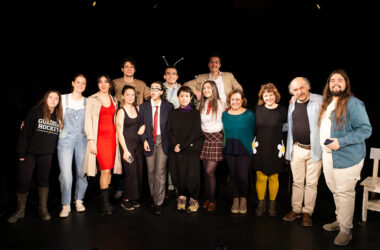BY PELİN SU UZUNCAGİL (AMER/IV)
su.uzuncagil@ug.bilkent.edu.tr
Yasemin Gümüş Ağca is an instructor in the Department of Fine Arts. She received her MA in Media and Visual Studies from Bilkent University in 2008 and has a background in humanities as well. Ağca has lectured extensively on aesthetics, art, design history and advertising and worked on international research projects. Her research interests include art philosophy, art history, analysis methods and design history. She is currently teaching FA 271 (History of Art), FA 361 (Philosophy of Art I), FA 421 (Analysis of Artwork) and GRA 341 (History of Graphic Art) at Bilkent.
Why did you choose an academic career?
I have always been enthusiastic when it comes to learning. When I get interested in something, I want to dive into it in all perspectives, and I think that when I start something new, I stick to it. Pursuing an academic career seemed to me the only way to trace any subject as it was in the past and as it will be in the future. When you consider the possibility of living and breathing that opportunity, especially with students, the teaching aspect, an academic career still is the best choice for me.
What do you like the most about being at Bilkent?
The fact that Bilkent changes quickly but some things remain unchanged. I am a Bilkent graduate, and one of those people for whom Bilkent is home. When I returned to Bilkent University as an instructor several years after graduating, it was great to find that sense of belonging in the academic community, with friends and in networking opportunities. Of course I also like the adorable green campus at Bilkent.
What projects are you working on currently?
I am currently researching the traces/impacts of Precisionism and Regionalism in American art on the advertisements and graphic works of the 1950s and ’60s.
What’s your best work?
I think my best work is the research I conducted during the three years I worked on two different European projects between 2021-24. The first project, PandeVITA, was an international project where I found the opportunity to be within the process of app development. It was mostly science and data management, and it was a project that pulled me out of my comfort zone. The second project, EUMEPLAT, was also very international, and I took part in media research and learned many new things. I met great people and gained insight into the European media landscape.
What excites you about your work? And what is the coolest thing about your work?
The fact that I am surrounded by students, I think, is the best and the coolest part of my profession. Imagine having younger people come into your life every year and make sure you keep up with their energy.
Could you share a turning point or defining moment in your career?
The year 2018 when I started to teach as a part-time instructor at the Graphic Design department. That was a turning point that defined the course of many other things in my professional life.
What’s one piece of information from your field that you think everyone should know?
That the arts, painting, sculpture, ceramics and film cannot be separated from science, mathematics, history, philosophy and other disciplines.
What’s the most common misconception about your work?
Many people regard fine arts as a set of activities that are created freely when artists can find their best time and place. This is untrue because we have thousands of great art works that were created under severe conditions and pressure and with very different and unexpected materials.
When and where do you do your best thinking?
I do my best thinking in the very early hours of the day, regardless of the place.
What distracts you?
Having too many materials/objects around me distracts me. I recently found out that I am less easily distracted when I am near a window or a door and able to see outside.
What are you most curious about?
I am fascinated with the sky. Astronomy, planets, stars, planes — everything related to skies.
What do you like to do when you are not working?
Cook and play tennis.
Which books have influenced you the most, and why?
Latife Tekin’s “Beri Kristin Çöp Masalları,” Ralph Ellison’s “Invisible Man,” Julian Barnes’s “The Sense of an Ending” and Marcel Proust’s “In Search of Lost Time.” I think what influenced me most in these books is the sense of time that is central to these novels, which is free of an historical understanding of time. An individual sense of time that passes but still remains; one’s own time.
If you weren’t an academic, what career would you choose?
I would pursue a profession somehow related to fine arts. It could be collaborating with museums and galeries, traveling, or writing about art and cultural issues.
What is the secret of leading a happy life?
I think one’s secret is very much related to their own character. In that sense, leading a happy life for me depends on being with the people I love and making sure that I spend time with them at the end of each day.
If you could go back to your undergraduate/graduate student years, what advice would you give to your younger-self?
I would tell my younger self to focus on one thing at a time and devote enough time to that before going off in all the directions. 🙂
If you had unlimited funds, what would you like to do research on?
If I had unrestrained financial opportunity, I would love to organize large groups of students to travel and visit different museums/artistic sites all over the world. It is challenging to organize these kinds of collective aesthetic experiences, even within Ankara. Having unlimited funds would be great to realize such events and make them part of the students’ education.
